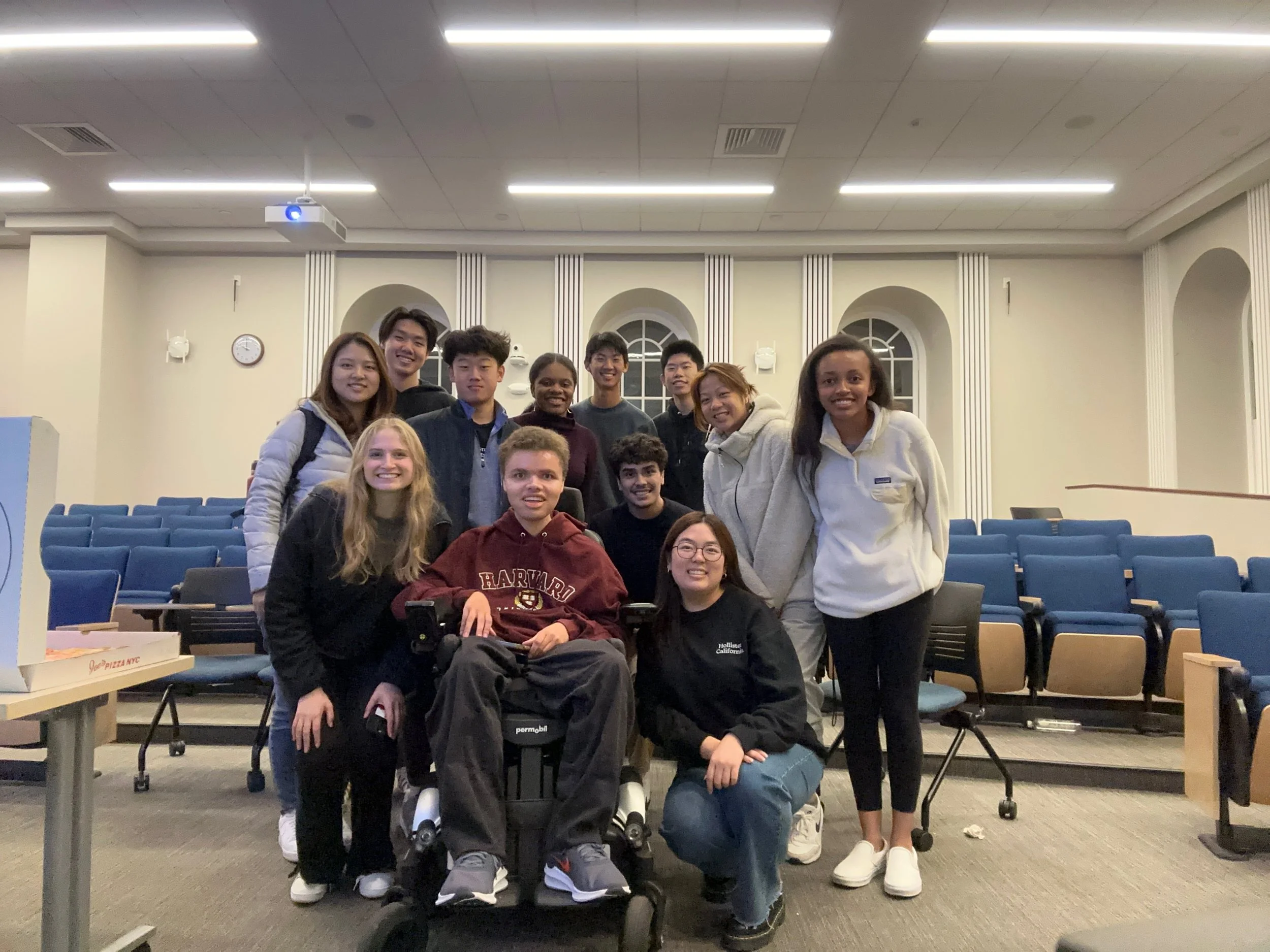School-Age Nutritional Issues in the U.S.
William Gao
About 16.6 million children in the United States face hunger every day, which comprises a national average of 20% of all children, and in some states, up to a third of children have difficulty finding food for every meal.1 Statistics for minorities are even more staggering: African American and Hispanic families have greater difficulty putting enough food on the table, as do families raised by a single mother. In addition to undernutrition, another form of malnutrition is overeating, especially eating foods too much of foods high in fat and sugar, and ones low in carbohydrates, vitamins, and proteins. Recent studies have indicated that the obesity rate in this country among children aged 7-18 has almost tripled (from 7% to 18%) over the last three decades.1 Both of these eating issues have grave consequences: undernutrition has been shown to stunt physical growth in children, especially during the early years and through puberty, and also has mental consequences, leading to a less developed brain and lower test scores. On the flip side, obesity can cause bullying, low self-esteem, and an increased risk of heart disease among other diseases.1
To address these issues, the U.S. government has created agencies to deal with nutrition, as a way to curb health issues before they require medical attention. The Supplemental Nutrition Program for Women, Infants, and Children (WIC),2 a federal assistance program of the Food and Nutrition Service (FNS) of the United States Department of Agriculture (USDA) has been monitoring growth and educating children about healthy choices as part of a campaign to encourage healthier eating since its founding in 1972. As a result of greater nutrition, studies have shown that mental development has indeed increased for children participating in WIC, through data from standardized test scores.2 This is particularly due to the fact that the brain requires several trace elements like iron and magnesium that are often deficient in children suffering from malnutrition but are addressed when these children have greater access to healthier food. In addition, free lunch options are being implemented throughout the nation, in hopes that these meals can provide healthy and affordable options to all children and help these children sustain a health-aware diet.
These programs, though a step in the right direction, still must take great strides to reach their full potential. For one, school lunches are often prepared from frozen foods, which discourage school children from eating them. Julia Cohen, a professor at the Harvard School of Public Health,3 conducted a research into school lunches and concluded: "There is reason to be concerned that if students aren't eating sufficient amounts in schools, they may leave school hungry and then overconsume less nutritious foods.” Overall, the bad quality of school lunches seems to exacerbate both the hunger and obesity rates instead of alleviating them. Furthermore, the connection between health and diet is sometimes not explicitly taught to children, so they are unaware of which options are healthier than others. This, in turn, leads to children choosing options that are not optimal, without knowing what consumption of these foods could do in the long run.
Fortunately, the Healthy, Hunger-Free Kids Act, championed by First Lady Michelle Obama,3 has attempted to address some of these issues. In addition to having posters that increase awareness about healthy food options, there is now a greater emphasis on having warm meals served in schools, consisting of produce from local farms. The overall results of this initiative are not yet fully visible, as it is still early into its implementation, but it appears from early indicators that obesity and child hunger have declined a little in the last few years. Coupled with this redoubled vigorous publicity and awareness, there should certainly be optimism that America’s child nutrition crisis will continue to improve.
References
- Esposito L. The Countless Ways Poverty Affects People's Health [Internet]. US News. 2016 [cited 20 October 2016]. Available from: http://health.usnews.com/health-news/patient-advice/articles/2016-04-20/the-countless-ways-poverty-affects-peoples-health
- Poverty and Child Health in the United States. PEDIATRICS. 2016;137(4):e20160339-e20160339.
- Wanjek C. Nutrition Standards for School Meals | Food and Nutrition Service [Internet]. Fns.usda.gov. 2016 [cited 21 October 2016]. Available from:http://www.fns.usda.gov/school-meals/nutrition-Hunger facts carousel [Internet]. No Kid Hungry | End Child Hunger in America. 2016 [cited 21 October 2016]. Available from: https://www.nokidhungry.org/problem/hunger-factsstandards-school-meals










Dr. Rose Molina is a board-certified Obstetrician-Gynecologist at The Dimock Center and Beth Israel Deaconess Medical Center. Dr. Molina holds a Master of Public Health in Clinical Effectiveness from the Harvard T.H. Chan School of Public Health, and is an Assistant Professor of Obstetrics, Gynecology, and Reproductive Biology at Harvard Medical School, where she is also the Faculty Director of the Medical Language Program and Health Equity Societal Theme. Additionally, Dr. Molina is a member of Ariadne Labs where she works to improve quality and equity in pregnancy care worldwide. As an AHRQ Learning Health Systems K12 scholar, she leads research on language barriers in pregnancy care and improving patient-clinician trust.